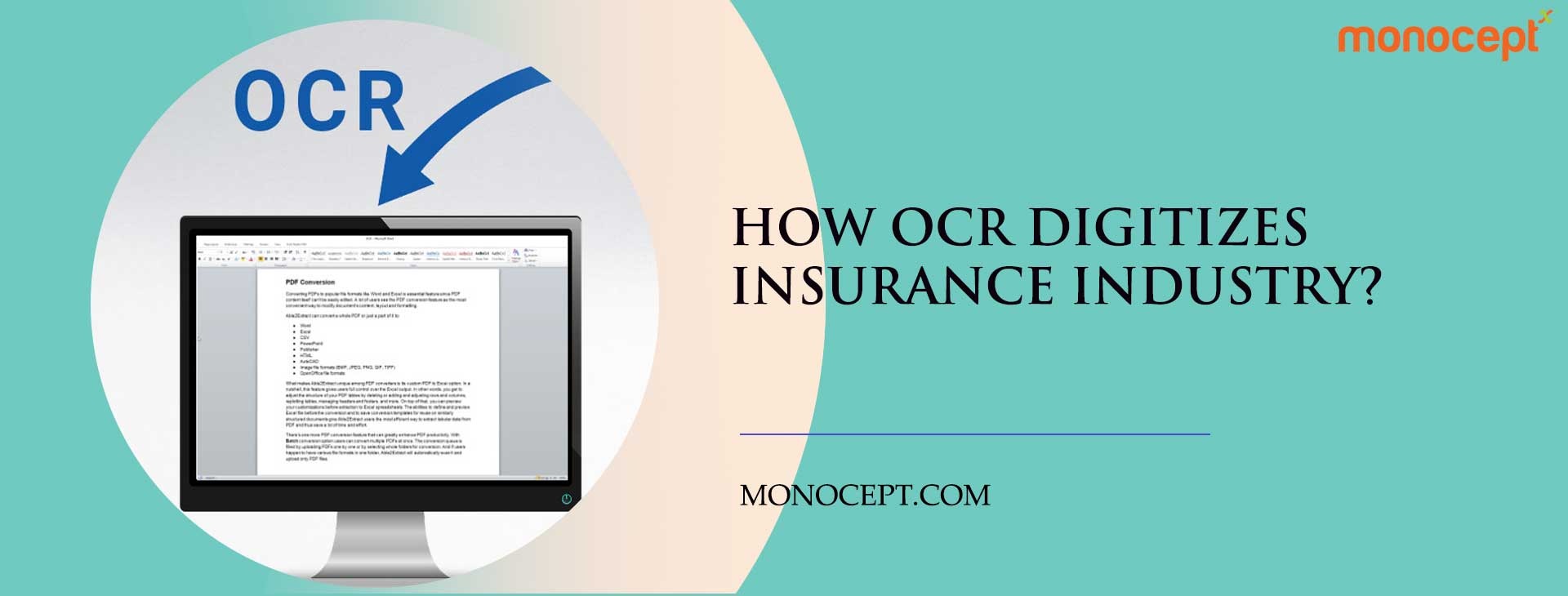The Changing Face Of The Insurance Industry: Digital Disruption
In recent years, there has been a global disruption in the insurance industry as more and more people are turning to digital. The result is that companies are no longer able to keep up with the changing demands of society. This post will explore some of these changes, how they have impacted the industry and what this means for insurers.
The Indian insurance market is growing at a rapid rate, thanks to a growing middle class, an unprecedented number of young insurable people in the workforce, higher personal disposable income, greater awareness about insurance products, rapid technological advancements in the field of medicine which has led to longer life expectancy, and higher education which lead to a better understanding of why we need to start planning early for retirement and protection against critical illnesses. The numbers might be small today — India’s insurance penetration is just 3.42 percent, compared to the global average of 6.2 percent — but the future looks promising.
According to the latest data by the Insurance Regulatory and Development Authority of India (IRDA), the market size of India’s insurance sector is set to touch $350 to 400 billion by 2020, compared to its current size of $60 billion. Both, the health and life insurance markets in India show great potential for growth. So far, health insurance has been a largely untapped market in the country with less than 2 percent of the healthcare costs covered by insurance. Only 18 percent of the urban population has health insurance cover, according to a 2016 report on the opportunities in Indian healthcare by India Brand Equity Foundation. In 2017-18, the domestic life insurance industry saw a 10.99 percent year-on-year growth. By 2020, 75 crore people in India are projected to be insured in some way or the other, and 35 percent of total life savings will be a part of the insurance sector, as compared to 26 percent in 2009-10.
There’s no denying the fact that India’s insurance market holds vast untapped potential. And with the rising number of young adopters of insurance globally, innovation and digitization are the only ways to realise this immense opportunity for growth. As stated in World Insurance Report, 2017, availability of multiple digital touchpoints is an important factor for young tech-savvy customers while making decisions about insurance products. Customers today demand insurance products that provide 24/7 self-service, and services that are personalised, convenient, and, most importantly, agile.
In a research by EY, 80 percent customers are willing to use digital and remote contact channels like web chat, email, mobile apps, etc., instead on interacting with insurers through brokers or agents. Global trends also indicate that customers are increasingly placing extraordinarily high value on the quality of their digital experiences. So much so that 40 percent of customers make the decision to continue or end their relationship with their insurers based on the quality of the experience and interaction. Insurance industry workers echo the sentiments of customers’ exacting demands. Confirming to Capgemini report, 60 percent insurance executives believe that artificial intelligence, connected devices and robotic process automation are three key emerging technologies in the sector.
Suffice it to say that the industry needs immediate and major digital interventions and disruptions in the way it has been operating. Insurance providers around the world are recognising the need to innovate and undertake core technological transformations to stay relevant by providing a greater portfolio of products, and personalised services to the ever-demanding customers or today. In addition to providing customers a more seamless experience, making digital transformation an integral part of their strategy, and accept it as a continuous, ongoing process, will help insurance companies use resources more effectively, improve performance by reducing the margin of error in the claims management process, and reduce costs in the long term. Over time, automated collection and analysis of data from multiple sources will also help companies make smarter insurance decisions while underwriting insurances. Big data analysis will help companies come up with innovative, agile product offerings in shorter periods of time to respond to the changing needs of their customers, as well as open up opportunities for partnerships between traditional insurance, fintech and insurtech companies.
All in all, digital disruption is an inevitability, more than an option, in the insurance sector. Fortunately, it provides benefit for both consumers and insurers. It is imperative that insurers proactively lay the groundwork for digital innovations in their business practices and become early adopters of technology to stay ahead of the competition and generate the best possible business value for their efforts.
What’s your Challenge? Let’s work together to solve it.





















































































